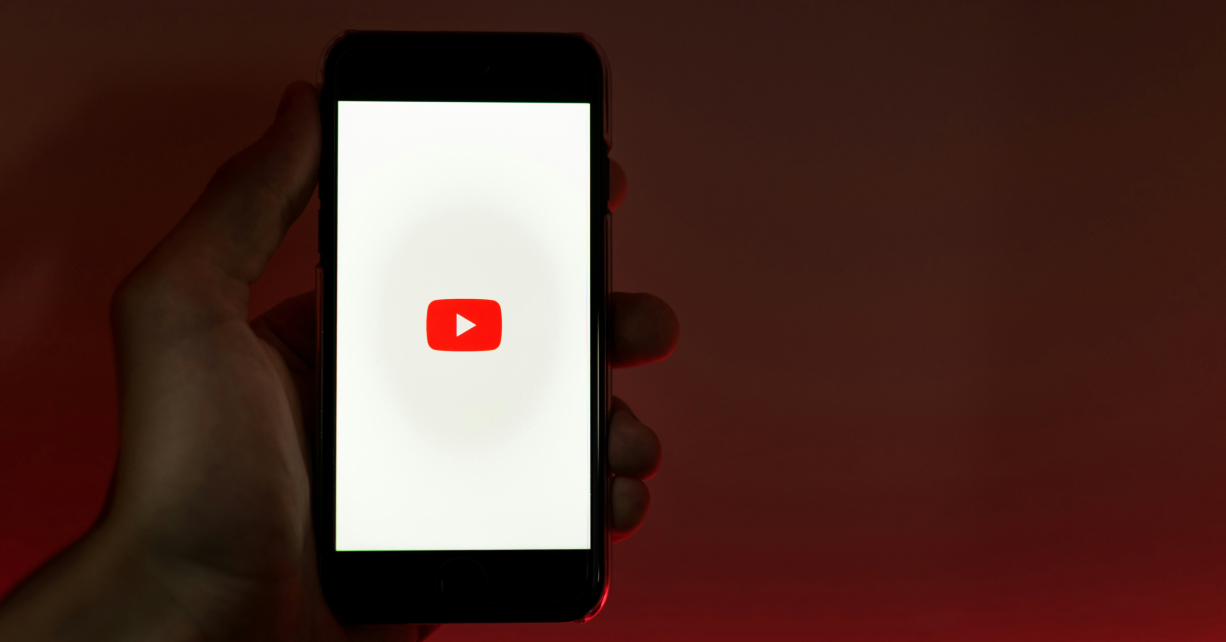

In the ever-evolving landscape of digital consumption, Verizon’s latest Consumer Connections Report provides a fascinating glimpse into the exponential growth of mobile network usage, especially in the realm of video apps. With a staggering 129% increase in overall mobile network traffic in the past five years, and video accounting for nearly half of consumer mobile traffic in the latter half of 2023, the report paints a vivid picture of our changing digital habits. This blog post delves into the nuances of Verizon’s findings, exploring the drivers behind the surge in video app traffic and what this means for the future of digital content consumption.
Verizon’s report highlights a significant shift in consumer behaviour, with video apps consuming a lion’s share of mobile data. In an era where TikTok, YouTube, and Facebook have become central to our digital lives, it’s no surprise that these platforms lead the way in terms of time spent by users. TikTok, in particular, has emerged as the frontrunner, with users dedicating an average of 1 hour and 42 minutes daily to the app. This shift towards video-centric platforms underscores a broader trend in content consumption, favouring engaging, visually rich, and easily digestible content.
Beyond social and video apps, Verizon’s report also sheds light on other significant contributors to mobile data usage. Notably, NFL-related traffic and gaming apps like Roblox have shown impressive growth. With NFL stadium traffic and gaming usage seeing substantial increases, it’s clear that live sports events and online gaming are becoming increasingly important in the mobile data ecosystem. These trends reflect a diversified digital landscape where varied forms of content vie for consumers’ attention.


The insights from Verizon’s Consumer Connections Report signal several key implications for content creators, network providers, and consumers alike. For one, the surge in video app traffic highlights the ongoing need for robust mobile networks capable of handling high volumes of data. Additionally, the popularity of platforms like TikTok and the growing interest in live sports and gaming point to evolving content preferences, suggesting that creators and marketers must adapt their strategies to meet the demands of a video-centric audience.
Verizon’s Consumer Connections Report offers a compelling overview of current trends in mobile data usage, with video apps playing a pivotal role in driving traffic. As we navigate this digital age, understanding these patterns is crucial for anyone involved in the creation, distribution, or consumption of digital content. The surge in video app traffic not only reflects our appetite for engaging digital experiences but also sets the stage for the next wave of innovations in mobile technology and content creation. As the landscape continues to evolve, staying abreast of these trends will be key to navigating the future of digital consumption.